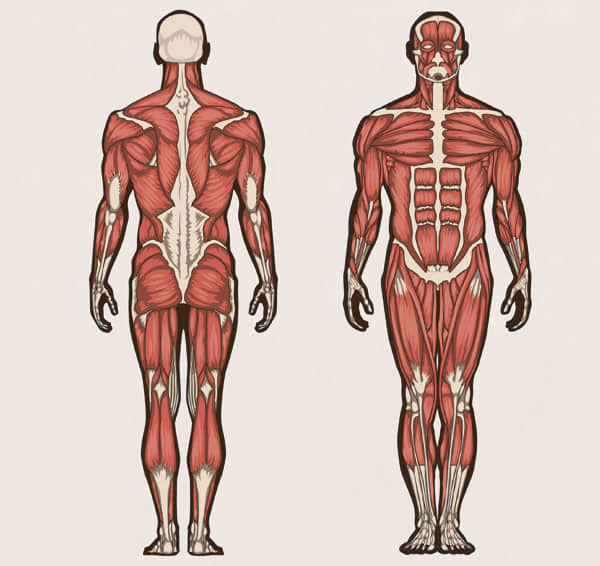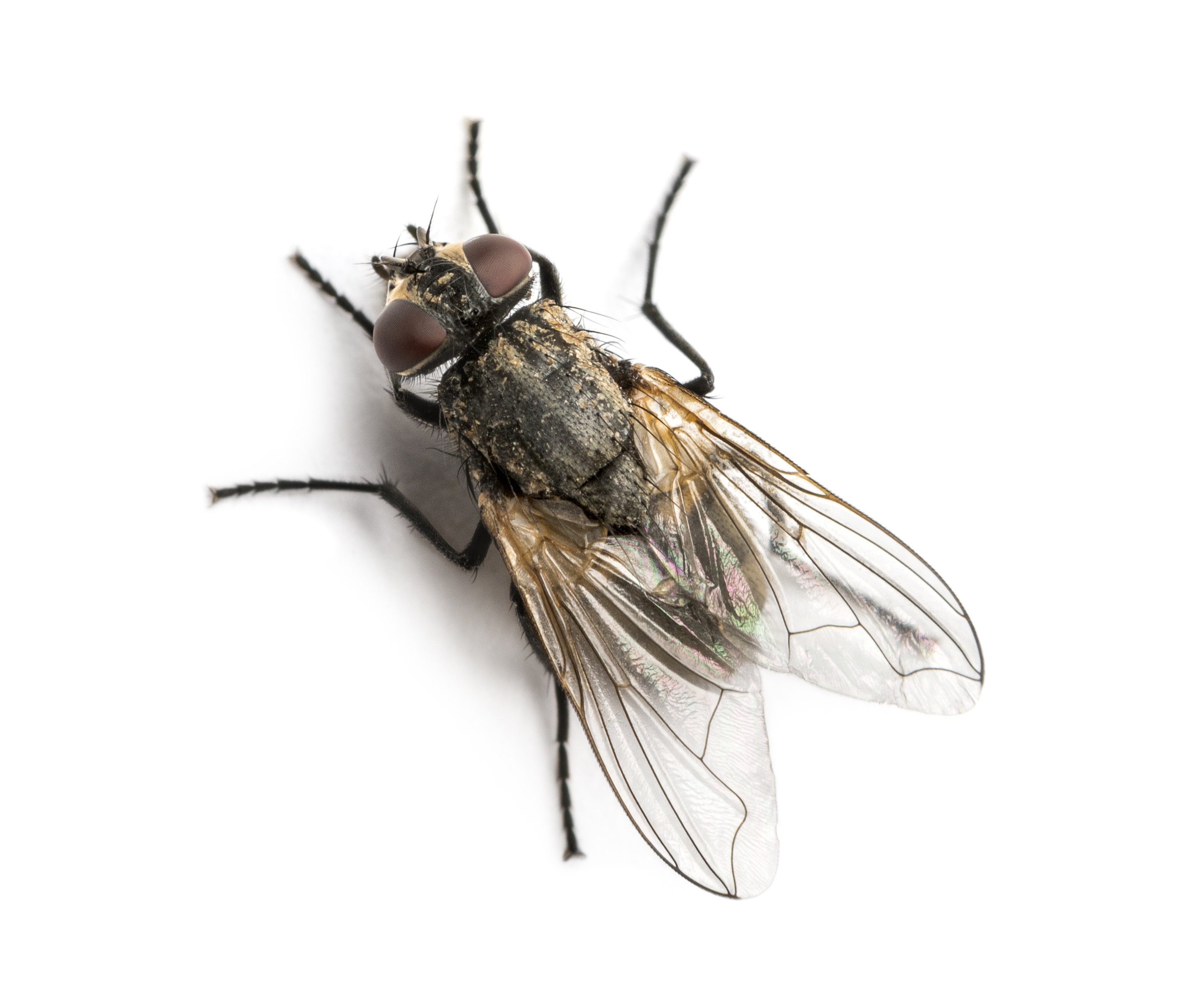Homology/Analogy Blog Post
1a.) The two different species that share a homologous trait is the human and the dog. The human is, as of now, the most intelligent life form to date. Humans are classified in the genus known as Primate, falling in the same category as orangutans, gorillas, and chimpanzees. The species is formally known as Homo Sapiens. The dog is in the order called Canis. They are the most abundant terrestrial carnivore, and are closely related to wolves.
1b.) Both humans and dogs live very different lifestyles and look very different. But the human arm and the leg of a dog are similar in structure, creating a homologous trait. The humerus, radius, ulna, and carpals are almost the same, structure wise, except the sizes and the curves of the bones are different in both species. But the alignment differs when it comes to the metacarpals and the phalanges. The arm of a human is primarily used to do work, such as grabbing an item or lifting something. So, the metacarpals align exactly with the carpal, and the phalanges are attached, one to each meta carpal. This gives us five fingers on a hand, which connects to the arm, allowing us to easily hold things by wrapping our fingers around it. The leg of a dog is used to give support to hold up the dog's body and do actions such as walking to get the dog from one place to another. The actual paw of the dog is like a claw, so the metacarpals are aligned upright and the phalanges are kind of curved downward. This makes the paw look similar to a claw, so when a dog is, say, playing with a toy, they use the claw to sort of "grab the toy and put the toy in their mouth. Essentially, the leg of a dog functions not only as something to give support to the rest of the body, but also as a small hand.
1c.) The common ancestor is said to be a small, shrew-like mammal found in the Gobi desert. This animal is said to have lived about 70 million years ago, according to the Scientific American. The animal is said to have a similar structure to the dog, but with a really long tail. The leg of the animal must have given way to the leg of the dog and the arm of a human. The paws of the animal must have given way to the hand of a human and the paw of a dog.
1d.)


2a.) The two different species that share an analogous trait is the hummingbird and the fly. The hummingbird, also known by its scientific name Trochilidae, are one of the smallest birds known. They are the only birds which can fly backward, and have the largest brain for their size. These birds are native to the Americas. The fly, also known as Diptera, are a type of insect. They are very small and have a life span of 28 days.
2b.) The analogous trait these two species share is the wing of the hummingbird versus the wing of a fly. Both are pretty similar in structure, but that is about it in the similarities. Hummingbirds have a multitude of feathers on their wings because it gives the needed heat that these birds need to survive, since almost all of their lives they are in flight. The feathers also make flying easier and more smoother, which is needed since they fly so much. But flies have a set of wings on each side. This is to increase the wing surface. Although flies do fly a lot, they are known as being an annoyance, and get swatted by humans and other animals, and the 2 wings on each side helps the fly take short and/or sharp turns away to avoid getting hurt.
2c.) The common ancestor did posses a wing of some sort. Their common ancestor is said to be a dinosaur which could fly, perhaps the pterodactyl. This is because during the time period the pterodactyl lived, flying was a helpful way for them to quickly feed off of the animals on ground, by swooping down with their huge wings and swiftly picking up their food sources. These animals can also fly very long distances, which is a big similarity between hummingbirds and flies which could come from the pterodactyl.
2d.)
:max_bytes(150000):strip_icc()/hum-flying-58a6d2ef3df78c345b5216ab.jpg)

"The human is, as of now, the most intelligent life form to date."
ReplyDeleteOkay, as an anthropologist, I have to address this. Humans tend to put themselves on pedestals, above all other creatures. Are we the "most intelligent life form"? How is this measured? Why is this important for this discussion? In anthropology, the point is to view humans as part of the natural world and to understand how we have come to be as we are given the same natural forces that impact all other organisms. Can you describe humans without this bias? Can you describe us as what we are... a mammal, a primate, a bi-pedal organism who has developed language and culture but retained many of the primate behaviors all other primates practice? Let's leave the pedestal out of these discussions for this course.
Okay... stepping off the soapbox, but I strongly encourage you to reflect on this.
"Humans are classified in the genus known as Primate"
Our genus is "Homo". Primate is an "order" level of classification.
You offer a lot of good information in this first section. Just make sure it is accurate.
Very good connections made between the skeletal structure of the forelimbs and the function of each.
Ancestry: So how do we use the information you've provided here as evidence that these traits are homologous? And is it necessary to find a specific common ancestor to present this evidence?
Both humans and dogs are mammals, so we know that the common ancestor would be an archaic mammal. We also know from the fossil record that early mammals possessed that generalized mammalian limb structure and passed that onto these two descendant species, with changes concurring over time due to differences in the environment (generally arborial vs. terrestrial). That is what we need to know to confirm common genetic origin and confirm homology.
Good images.
Analogy: Good opening description.
Great description of your analogous traits, explaining the relationship between the similarities of structure and function.
Ancestry: "Their common ancestor is said to be a dinosaur which could fly, perhaps the pterodactyl."
No. Dinosaurs were reptiles and arose long after the rise of insects some 400 million years ago. An organism that arose more recently cannot be the ancestor of an organism that arose earlier. That would be like arguing that you father was the ancestor of your great-grandmother.
So how do we use ancestry to demonstrate that these wing traits are indeed analogous traits?
It is difficult to guess at what the common ancestor of the hummingbird and fly looked like some 100's of millions of years ago... it may have possessed wings or it may not have, but fortunately, we don't need to know that to confirm that these traits are analogous. While it is possible that the fly inherited its wings from that common ancestor, what about the hummingbird? We know quite a bit about bird and bird-wing evolution. Birds evolved wings as they split from reptiles, and this occurred long, long after the split with that common ancestor with the fly. This means bird wing evolution occurred independently from that common ancestor with the fly. That is sufficient to confirm that these traits are not the product of common descent but from independent evolution and are indeed analogous.
Good images.